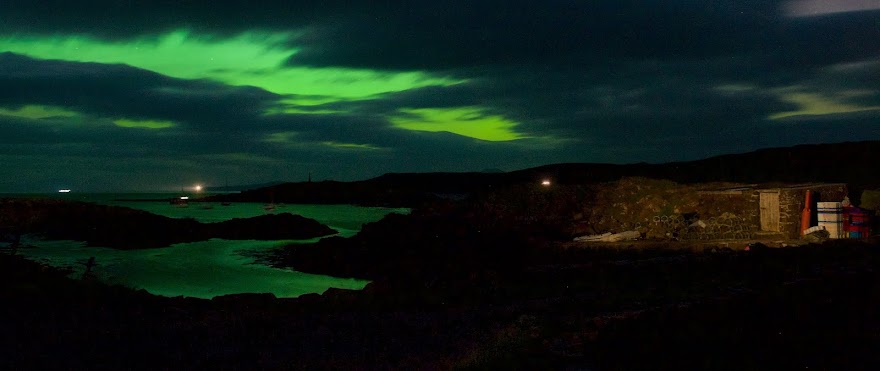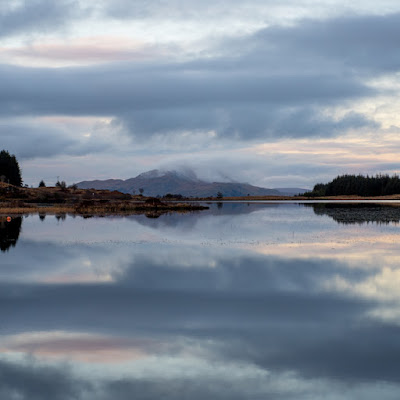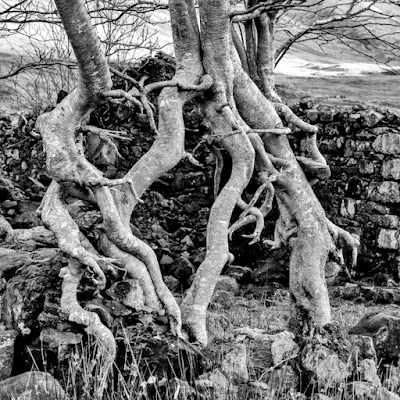Our first Christmas here in 1994, the ewes were all out on the hill and the tups were out on the hill with them, supposedly for 6 weeks. A ewe's cycle is 17 days so giving them 6 weeks with the tup means if they don't mate on their first cycle there is a second chance 17 days later. We didn't expect the tups to be taken off the hill until the first week in January when their 6 weeks ended. So imagine our surprise when the tups all started appearing back at the farm on Boxing Day!
The next winter we brought all the ewes in off the hill and put them in the fields for tupping. Having them in smaller fields rather than on the open hill meant that the tups had less far to travel to find a fertile ewe and would be easier for us to check up on. In days gone before, traditional hill farms would have had a tupping shepherd but we couldn't afford one of those! We were told by an old farmer locally that this was dangerous, that they would die being in the fields. Luckily we were right and he was wrong so we have done the same thing every year since.
Our 6 weeks was up just before Christmas so Farmer put small lots through the fank on his own and had DG helping him for the big lot. I took them lunch up in the shed, socially distant and well draughty!



































